Why Darkness Matters
The Growing Impact of Artificial Light at Night
What was once a planet ruled by a regular pattern of day and night; light and dark, is now flooded with artificial glow.
Like plastic in our waterways or CO₂ in our atmosphere, artificial light at night is a pollutant. Scientists around the world are researching the consequences, and the more they study it, the more impacts they uncover – from disrupted wildlife and declining insect populations to human health issues and energy waste.
We’re only just beginning to understand what we lose when it’s gone.
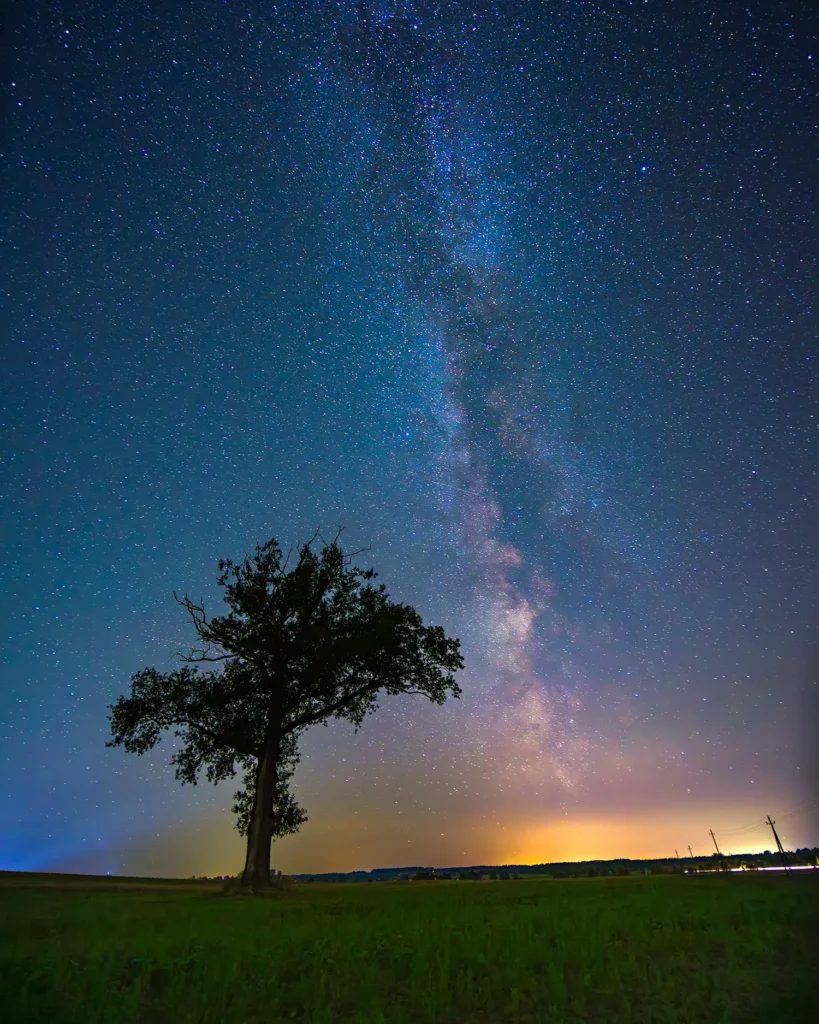
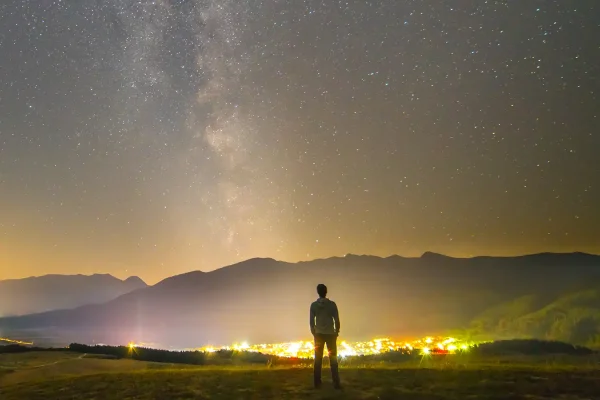
Light, Health and Human Biology
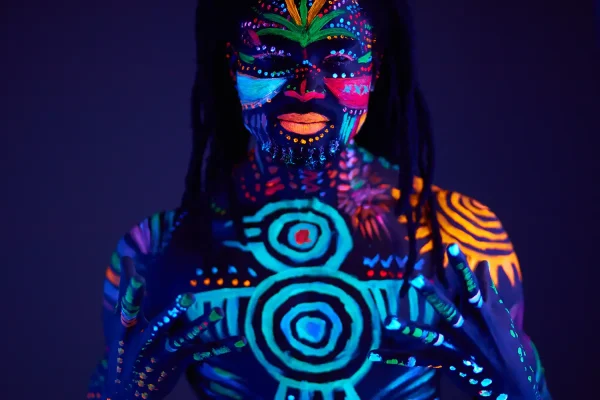
Cultural Connection
The night sky shapes culture, navigation, and knowledge, especially in Indigenous traditions, preserving ancestral wisdom and inspiring future generations.
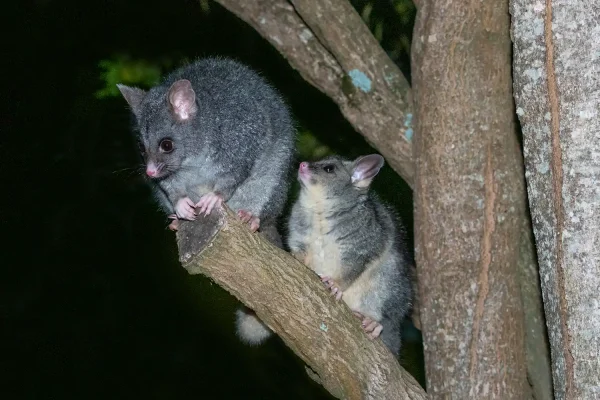
Wildlife and Ecosystems
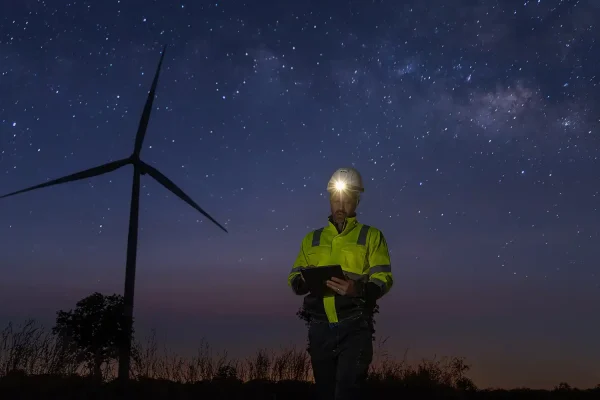
Economy and Climate
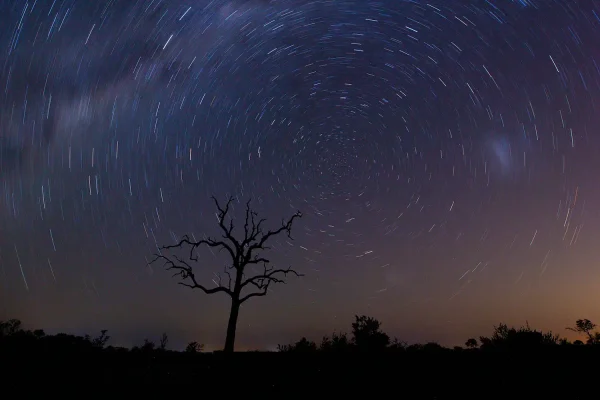
Connection to the Universe
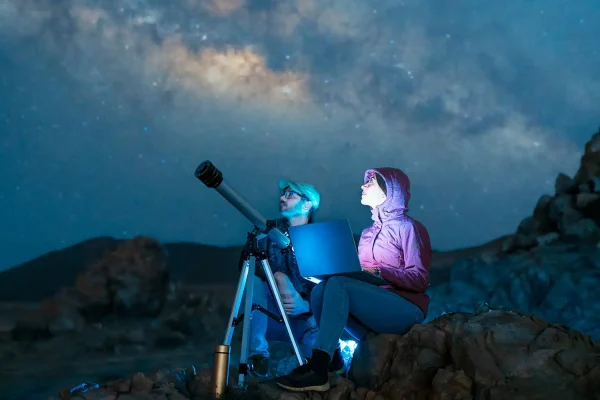
Bright Future of Astrotourism
Light, Health and Human Biology
Excess artificial light at night is a disrupter. Our natural circadian rhythms – the biological clock that regulates sleep, hormone production, metabolism, and immune function – is thrown off by poorly timed or excessive light. This can lead to poor sleep quality, reduced immunity, and long-term health issues such as obesity, depression, cardiovascular disease, and even cancer.
Reducing light pollution supports better rest, mental well-being, and overall quality of life for our communities.
When we protect the night, we also protect our health, well-being and community.
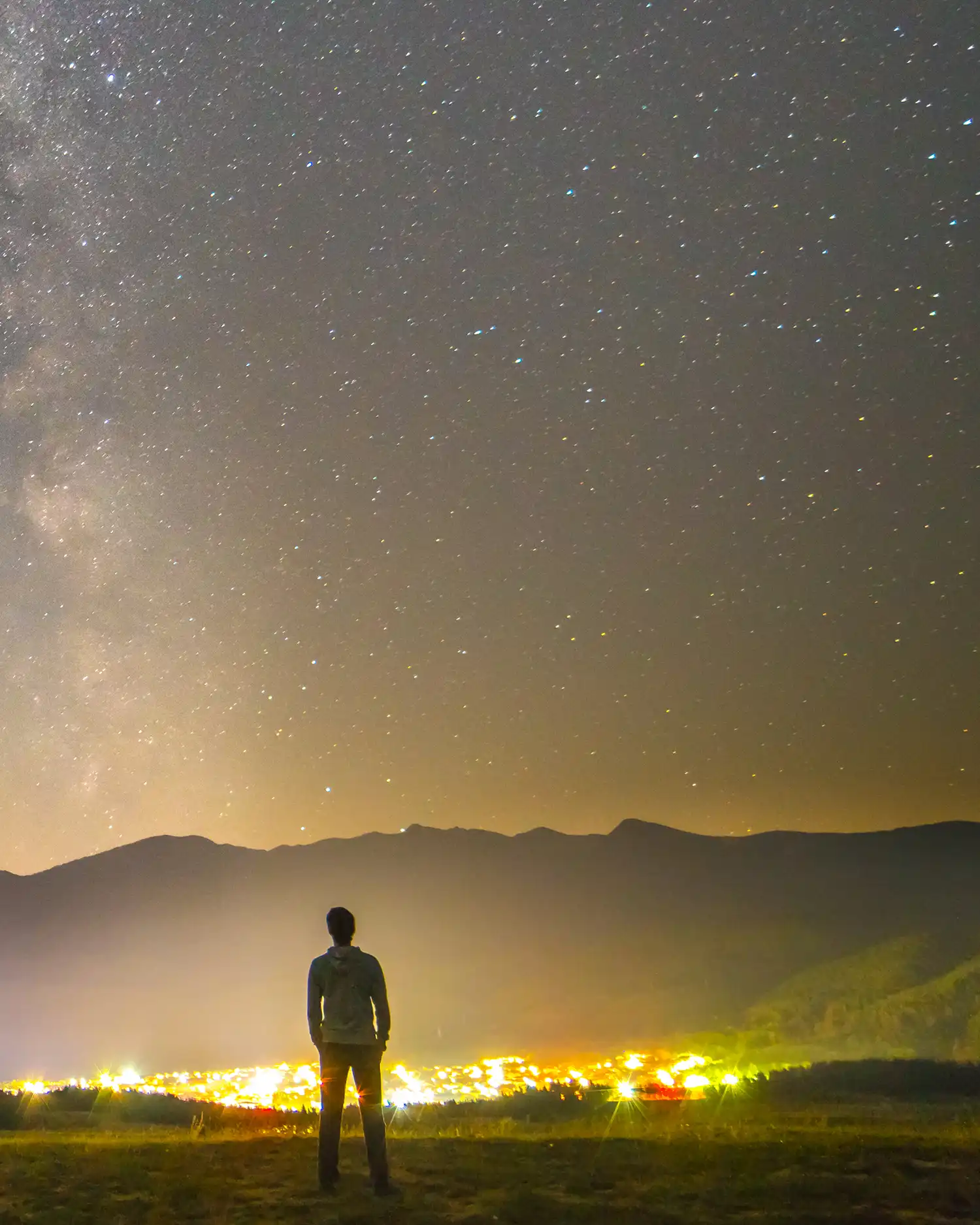
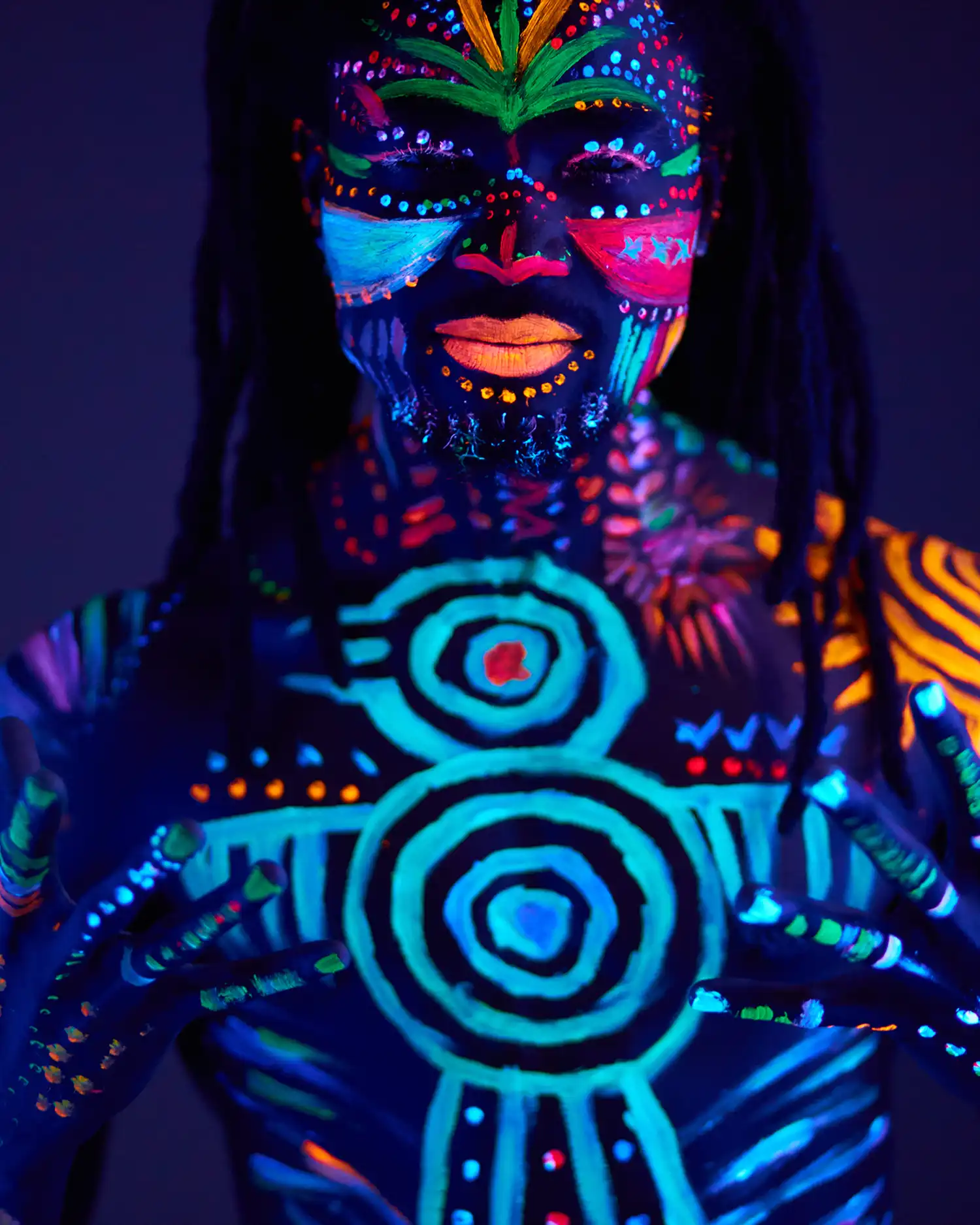
Culture, Connection and the Night
The night is a powerful source of inspiration and has been for thousands of years.
Shaping stories, songs, rituals, and scientific discovery across every culture on Earth, stars have guided travellers across oceans and deserts, helped track seasons and time, and formed the foundation of entire cosmologies and cultural identities.
In Aboriginal and Torres Strait Islander cultures, the night sky is deeply woven into Songlines, law, and living knowledge systems. Sky stories aren’t just mythology—they are oral maps, calendars, and teachings passed down for tens of thousands of years. Protecting dark skies means preserves this knowledge and allows future generations to connect with both ancestral wisdom and cosmic wonder.
Act with respect for the shared human longing to look up and belong.
Wildlife and Ecosystems
Artificial light at night is disrupting nature’s balance. 60% of Australian animals are nocturnal, thriving in natural darkness. Other species – from frogs and turtles to birds and pollinators – also rely on natural light cues for critical behaviours like migration, mating, feeding, and navigation. When those signals are distorted by artificial light, the consequences can be severe, sometimes fatal.
On Australia’s coasts, bright lights lure newly hatched turtles away from the ocean, sending them toward roads, predators, or exhaustion. Insects, essential for pollination and food chains, decline rapidly in over lit environments – triggering flow-on effects for the birds, bats, and reptiles that depend on them.
Light pollution doesn’t just affect individual animals – it reshapes entire ecosystems.
The NERAL Network (Network for Environmental Research on Artificial Light) brings together researchers from across Australia to investigate how lighting impacts biodiversity, and to guide better lighting practices that protect life after dark.
Preserving natural darkness simply protects biodiversity and ecosystems.
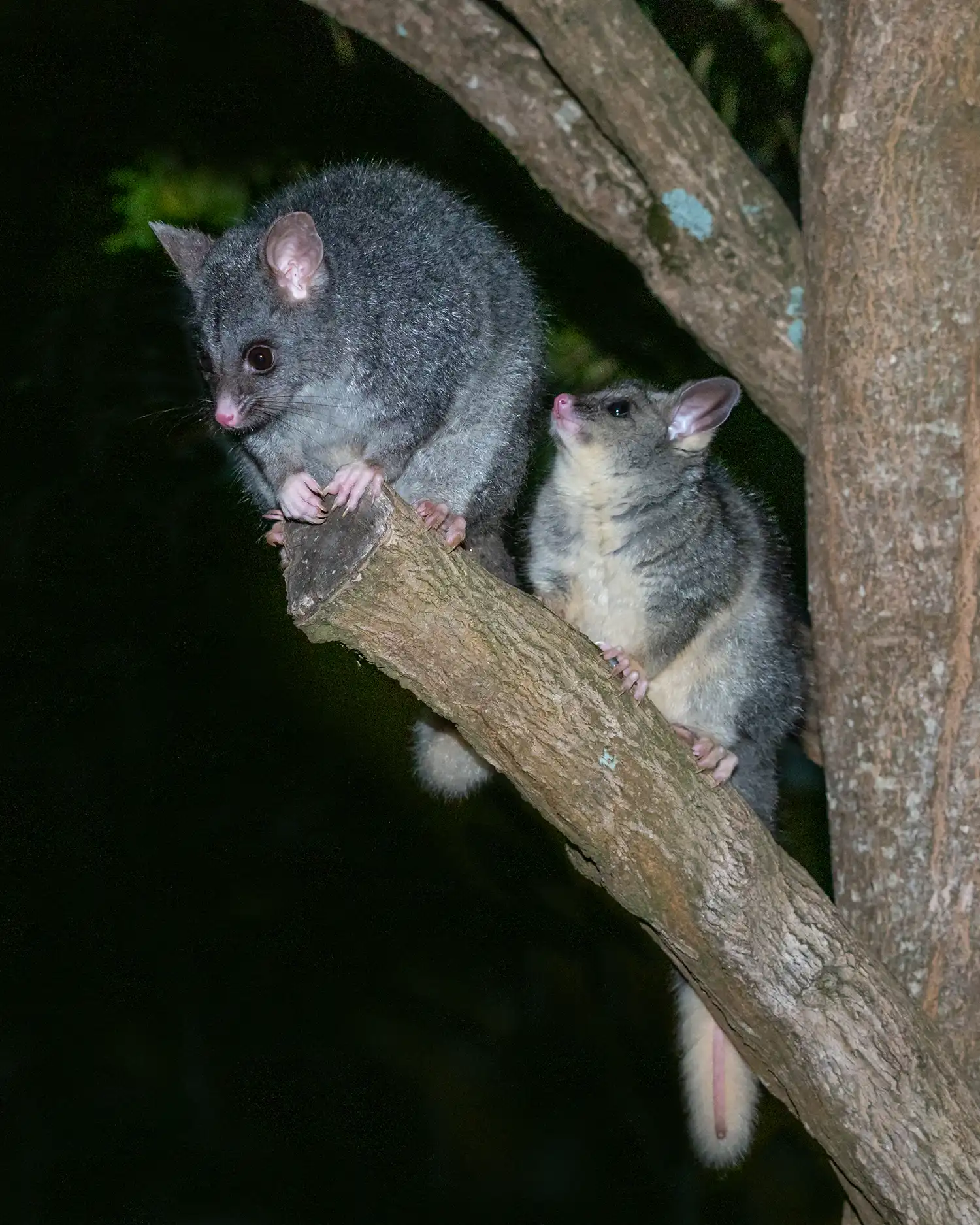
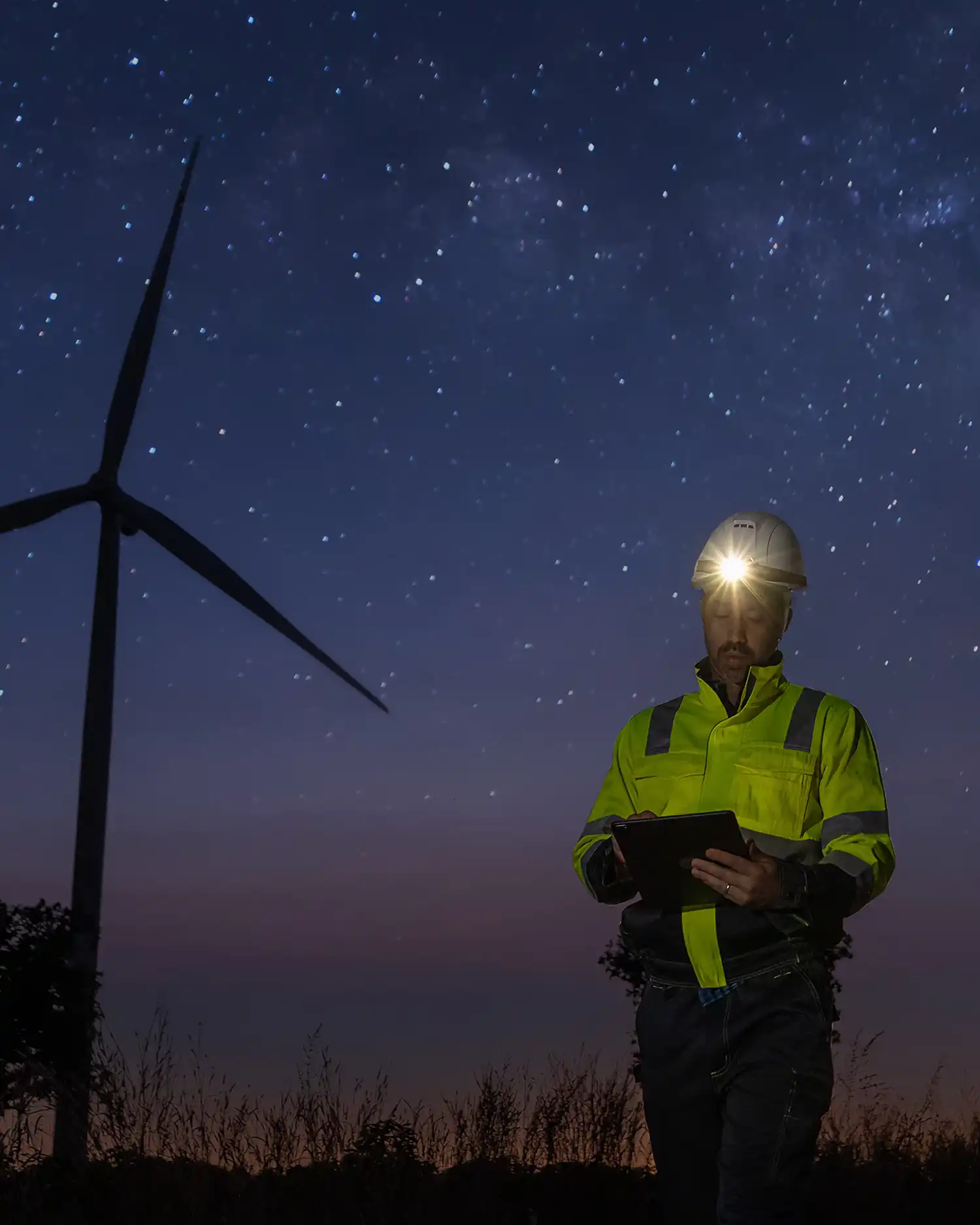
For our Economy and Climate
Wasted light is wasted energy. In Australia, an estimated 15–30% of outdoor lighting spills into the sky or shines where it’s not needed – costing tens of millions of dollars annually and generating 1–2 million tonnes of unnecessary CO₂ emissions.
Smarter lighting can flip the script. By adopting targeted, efficient, and dark sky-compliant lighting, we save energy, lower emissions, and cut costs – without compromising safety.
Experts such as the Institute of Public Works Engineering Australasia (IPWEA), the International Association of Lighting Designers (IALD), the Illuminating Engineering Society (IES), and the Lighting Council of Australia are actively supporting better lighting outcomes through guidelines, policy advice, and innovation in smart city planning.
Smart, targeted lighting reduces light pollution without compromising safety.
For our connection to the universe
The night sky feels vast and timeless. Standing under a truly dark sky often brings a sense of perspective, humility, and belonging that words can barely capture. It’s in these moments of stillness that curiosity blooms, questions emerge, and creativity finds space to grow.
Whether you’re camping under the Milky Way, watching the moon rise over the desert, or spotting Orion from your backyard, it’s a powerful way to engage people with science – sparking conversations about space, ecology and our place in the universe. These experiences foster a lasting connection to the universe – and each other.
Nights is the door to awe, reflection, and discovery for generations to come.
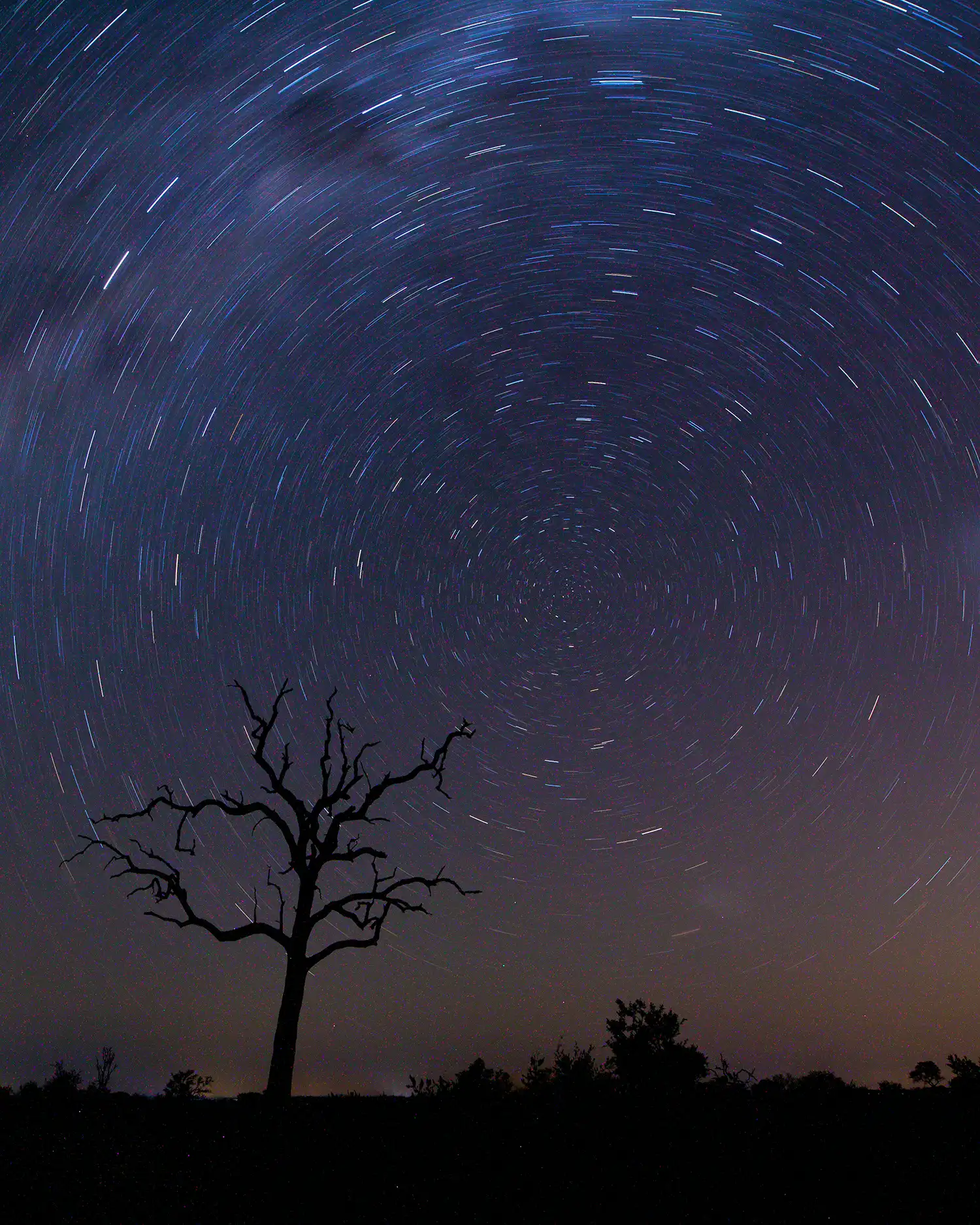
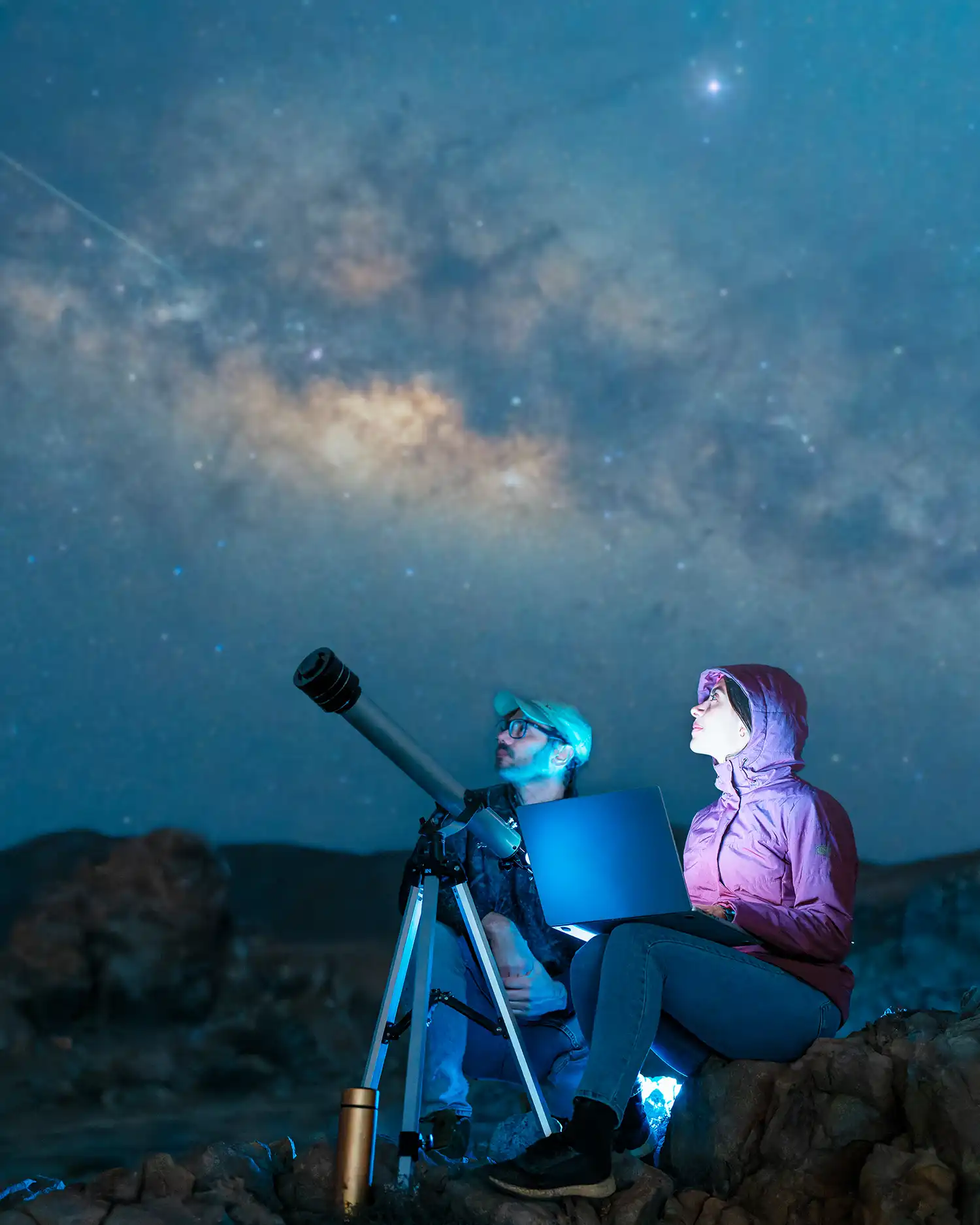
The bright future of Astrotourism
For towns beyond the city glow, darkness is both a drawcard and a source of pride. Astrotourism is growing rapidly, with increasing demand for sustainable, low-impact experiences that celebrate the night.
These experiences can be small and deeply personal: a backyard stargazing night, a student camp discovering constellations, or a quiet event designed for children with ADHD or sensory sensitivities.
Or they can be large-scale: Mount John Observatory in Tekapo, New Zealand, welcomes over 120,000 visitors each year – boosting the local economy and helping position the region as a world-class dark sky destination.
Dark sky environments offer something powerful for everyone.
Starry skies create connection, income, and pride without overdevelopment.

